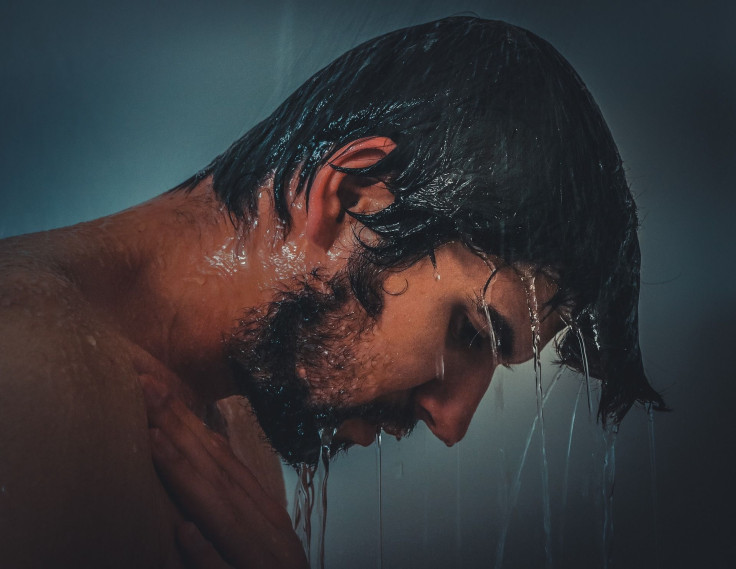Signs Of Head Lice Vs. Dandruff: How To Recognize Hair And Scalp Problems

It’s hard to inspect your own scalp, since humans don’t have eyes on top of their heads, but what’s going on up there tells you a lot about your health. Among the conditions you should be looking for are dandruff and head lice. When you see specks of white on top of your head while looking in the mirror, it’s important to be able to distinguish between the two.
Head lice are parasitic insects that are kind of like mosquitos in that they drink your blood. The American Academy of Dermatology explains that they make the scalp itchy, but scratching is risky: “If you scratch a lot, it can cause sores on the scalp that may lead to an infection,” the group says. “Some people lose sleep because the itch is so intense.”
Read: 4 Ways Medical Problems Can Change Your Hairstyle
According to the Centers for Disease Control and Prevention, the lice don’t spread disease but, disgustingly enough, they can also rarely get into your eyebrows and eyelashes. When they lay their oval-shaped eggs on your head, you will see them firmly attached to the shaft of the hairs close to the scalp, and they often appear yellow or white. The recently hatched and adult lice themselves may create a sensation like something on your head is moving, because they crawl rather than hop or fly. The CDC says they appear all over the scalp but are found “particularly around and behind the ears and near the neckline at the back of the head.”
Head lice is not uncommon: Nationwide, the CDC estimates there are between 6 million and 12 million cases every year in children between ages 3 and 11, and those infestations can spread to others in the household or people who come into contact with the children, regardless of personal hygiene.
Lice are often confused for dandruff, which are white flakes of dead skin that will appear on the hair and fall onto the shoulders. Dandruff has many causes, so it can be as simple as dry skin or a sensitivity to a hair care product, or it could be as serious as a skin condition called seborrheic dermatitis, which makes skin irritated and oily and particularly hits behind the ears as well as the sides of the nose, the eyebrows, the armpits and the groin, according to the Mayo Clinic.
The main way to tell the difference between the two scalp conditions is how stubbornly they stick to hair — lice eggs are firmly implanted while dandruff can fall to the shoulders with something as simple as a comb-through. But when in doubt, seeing a dermatologist will resolve the matter.
See also:



























